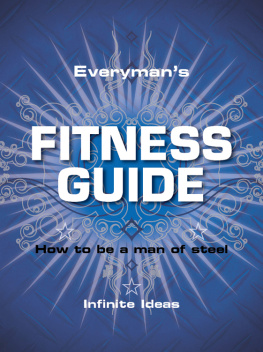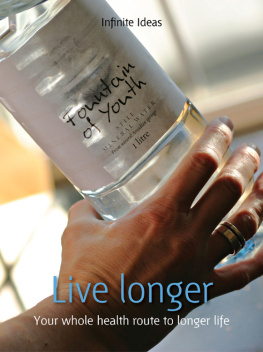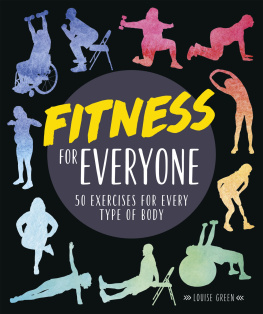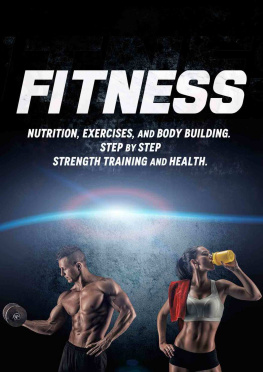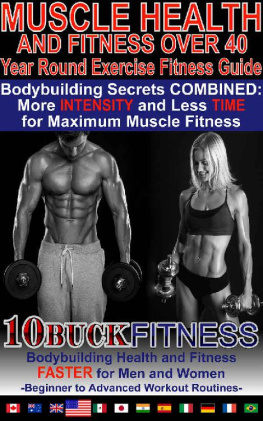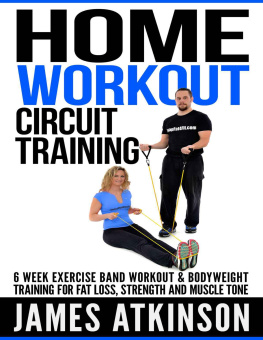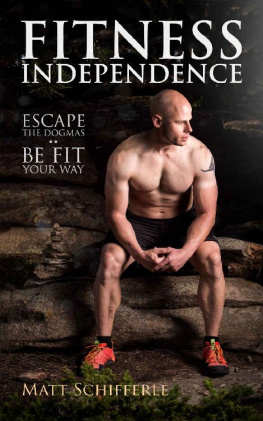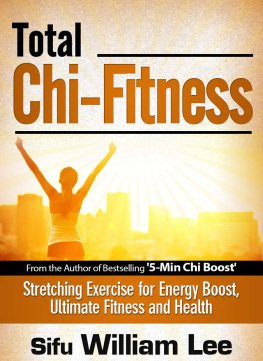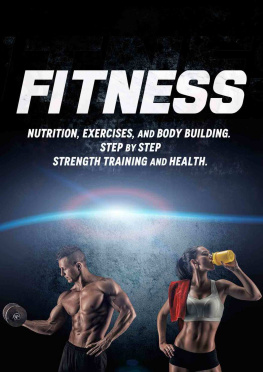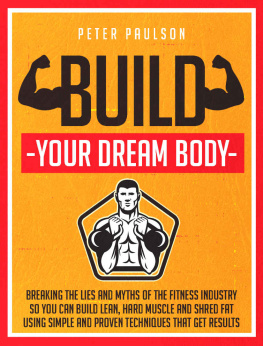7. Are you sitting comfortably? Comfort and tone at work or at home
Pilates isnt just for girls, and its not just about classes or mat work either. Its principles can be applied to almost any situation, making it possible to do yourself some good wherever you are in the office, on the bus or down the pub.
Life, I find, has an irritating habit of butting into my schedule of exercise and well-being. In theory I have an eight-hour regime of taking care of myself in the gym and Pilates studio, but in practice little things like work, family and friends tend to get in the way.
One of the beauties of Pilates is that it can be applied to almost any physical activity or inactivity. You can be working out without anyone knowing. You really can be working out by sitting on your arse.
Sitting isnt as easy as it looks. Most of us manage to put stress on our shoulders, necks and backs just by the way we sit. Pilates posture can help.
First, make sure youre sitting back in your chair with your feet flat on the floor. Imagine that your coccyx (tailbone) is made of lead and pulling straight down into the chair. Make sure your spine is in neutral and you can feel the middle of your back lightly pressed against the seat back. Your shoulders should be relaxed but not slumped. To get a feel for that position try some leg lifts. Lift each knee alternately up, placing it smoothly down again with the foot flat on the floor. You should be totally stable. If you can feel your coccyx moving, then check that you are sitting back and in the neutral position you may be sitting too far forward with your pelvis tilted. If youre not sure about neutral when sitting, then try lifting the knee right up towards your chest. As you do youll reach a point where you can feel the pelvis tilt, and the coccyx slides towards the front of the seat. Hopefully that feel for being out of neutral should help you settle into neutral.
With your pelvis and back sorted out, the next issue is your shoulders and the neck strain that all too easily results from tension and poor posture. Hunching your shoulders upwards is a shortcut to tension and trouble as it tightens the trapezius muscle at the top of your back and that transmits its strain into the back of the neck. If you feel tense (and who doesnt at some point in the working day) then try this.
Slide your shoulder blades towards each other and then down and at the same time extend your neck. You should feel an immediate easing of the pressure on your spinal column, shoulders and neck as well as feeling as if youve just grown an inch. Next time you want to shout at someone, try doing that first.
A really great time to try the sitting exercises is on the bus/tube or at the traffic lights on the way home. Because were tired were likely to slump and take all that tension back home with us. Try and make it part of your daily routine to ease that pressure out as a way of leaving work behind before you get home. Dont forget that its just as effective in the pub or sat in front of the TV.
Heres an idea for you
The lift is another exercise you can do at your office chair or on the bus. The aim is to work on zipping up from the bottom of the pelvis towards your ribs. While sitting upright, imagine that there is a lift on your pelvic floor. As you breathe out try to take that lift up to the next floor you should feel your pelvic muscles go taut. As you take the lift further up the floors from first to second, you should feel your lower abdominals tighten. Higher than that and you risk the six-pack muscling in on the action.
8. Backs to the wall who needs a gym when you have masonry?
Wall work provides a welcome break from the mat, a set of different sensations, and can be done pretty much anywhere and anytime.
While you might reasonably have reservations about lying down on the floor in most places, you can practise your wall work pretty much anywhere.
OK, I guess if you live and work in an igloo or a tent then there are certain practical hurdles to overcome but in general the beauty of wall work is that if you can lean, you can learn.
Were an upright sort of beastie so it comes as no surprise that theres a very primitive, primeval sense of vulnerability about lying down. The word prone (which in exercise means lying face down) has strong connotations of being open to attack and most of us are very reluctant to get down on the floor to exercise if theres any chance of someone walking in. Even people we know well. Being upright, however, feels less exposed so I find Im far more likely to make use of a spare five minutes with a little wall work than I am to sit or lie down to stretch.
Not everyones the same of course. There are always stories of businessmen setting down their suitcases in airport lounges and rolling like a ball. Start off by standing 30 cm (12 inches) or more from a wall with your feet hip-width apart and your knees slightly bent. Now lean back into the wall so your bum touches it and press your back against the wall, extending the upper body from the hips upwards as if you wanted to grow taller (without straightening your legs). Feel for your leg muscles and make the effort to relax them. In particular try to relax the thigh muscles (quads), which tend to tense, and the hamstring at the back of your leg, which will be stretched by this move. Scoop the stomach, park the pelvis and relax the shoulders without slumping them. Try to slide the shoulder blades down your back rather than pulling them backwards as this way youll feel the wall over much more of your back area. Scooping your stomach should also mean that you can feel the small of your back flatten against the wall. This is, however, a matter of personal physique and if yours happens to prevent the small of your back from touching, then thats fine as long as your spine is in line.
Now breathe out and drop your chin to your chest. Start to peel yourself off the wall one vertebrae at a time. Try to feel each one as it leaves the wall and you bend ever further forwards. Let your upper body hang forward and loose so your head is down towards your knees and your arms are hanging down towards the floor. Some people can touch the floor at this point, dont worry if youre not one of them they may be particularly supple, or they may just have arms like gorillas. Just concentrate on releasing your own stress as you relax.
The return move starts with the tailbone and the pelvis. Breathing in, think of dropping your tailbone and pulling the pelvis back to place the vertebrae of the lower spine back against the wall. Carry on placing each and every one back against the wall one at a time until you are where you started. Repeat six times.
Heres an idea for you
You can combine the relaxing effects of rolling your spine off the wall with a strengthening exercise for your bum and the front of your thighs called The Chair. This is for when youve mastered rolling your spine and can concentrate on some strength work at the same time as unwinding. If you find the position interferes with the basic roll off the wall, then you should go back to the basic move until it is second nature. The move is exactly the same as rolling off the wall but your start position should be with the knees bent at right angles and the thighs parallel to the ground. Be careful that your knees dont project further forward than your feet, and that your bum doesnt drop below your knee level. From the side it should look as if you are sitting in an imaginary chair. Now complete your six repetitions of rolling your spine off the wall. The temptation will be to rush through the rolls, or cut corners because of the feeling of effort in your thighs. Try not to.

